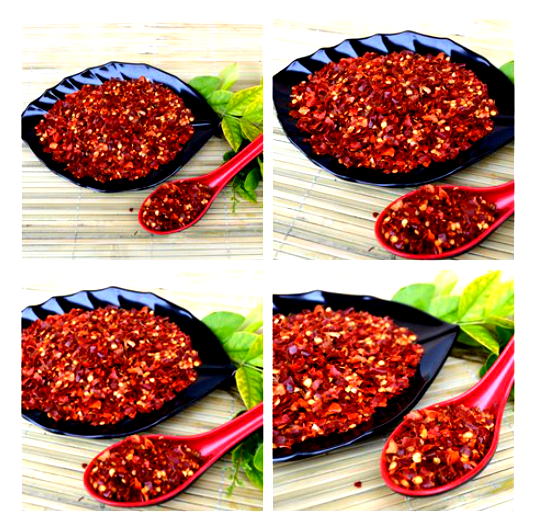- No. 268 Xianghe Street, Economic Development Zone of Xingtai city, Hebei 054001 China
- Byron@hbhongri.cn
Exploring Culinary Delights with Paprika and Its Unique Flavor Profiles
The Allure of Paprika A Deep Dive into Its Cultural and Culinary Significance
Paprika, a vibrant spice deeply rooted in culinary traditions, is more than just a seasoning; it represents a rich tapestry of cultural heritage and diverse flavors. Originating from the Capsicum annuum pepper, paprika is most commonly associated with Hungarian cuisine, but its influence stretches far beyond the borders of Hungary, extending into Spain, Portugal, and even the Balkans.
Historically, paprika is believed to have been introduced to Europe from the Americas in the 16th century. The spice gained popularity in Hungary, where it became intertwined with the national identity. The Hungarian people embraced paprika not merely as a flavor enhancer, but as a symbol of their culinary prowess. Today, Hungarian paprika is celebrated for its unique qualities, with varieties ranging from sweet to hot, each contributing its distinct character to dishes.
The Allure of Paprika A Deep Dive into Its Cultural and Culinary Significance
Spain, too, has its own paprika traditions, known as pimentón. Spanish paprika can be found in three primary types dulce (sweet), agridulce (bittersweet), and picante (hot). It is a crucial ingredient in dishes like chorizo, where it imparts not only flavor but also that unmistakable red hue. The cultivation of pimentón, particularly from the La Vera region, is a celebrated craft, involving a traditional drying process that enhances the spice's smokiness. This regional pride mirrors that of Hungary, illustrating how a single ingredient can traverse cultural boundaries yet maintain unique identities.
paprika por

Beyond its culinary applications, paprika boasts several health benefits. Rich in antioxidants and vitamins such as vitamin A and E, it contributes positively to one’s diet. Its properties have been linked to anti-inflammatory effects, promoting better eye health, and even enhancing circulation. Incorporating paprika into meals not only elevates the flavors but can also foster a healthier lifestyle.
The global popularity of paprika has sparked interest in its production and cultivation. Hungary and Spain remain the primary producers, but other countries are now exploring paprika farming, adapting local conditions to cultivate this beloved spice. This expanding market has led to various paprika festivals, celebrating the spice's significance and promoting culinary tourism. Events like these help educate the public about different paprika varieties and their unique flavor profiles, encouraging more chefs and home cooks to experiment with this versatile spice.
In contemporary cuisine, chefs continue to embrace paprika, recognizing its ability to transform dishes. From sprinkling it over deviled eggs to incorporating it into marinades and sauces, paprika finds its way into a myriad of recipes around the world. Its rich color and flavor profile not only enhance culinary creations but also introduce an element of artistry to cooking.
In conclusion, paprika is more than a mere spice. It is a cultural artifact that tells stories of tradition, identity, and innovation. Whether enjoyed in a rustic goulash in Hungary or a festive paella in Spain, paprika connects us through flavors that have journeyed across oceans and centuries. As we continue to explore the world of culinary delights, let us not forget the humble paprika, a testament to the diverse tapestry of global cuisine.
-
Turmeric Rhizome Powder: A Golden Treasure from Roots to TableNewsJul.28,2025
-
The Versatile Application Of Crushed Red Hot Peppers: Lighting Up The Red Flames On The Dining TableNewsJul.28,2025
-
The Paprika: A Touch Of Vibrant Red In Color, Flavor, And CultureNewsJul.28,2025
-
Ground Turmeric: A Modern Examination of an Ancient SpiceNewsJul.28,2025
-
Capsicum Liquid Extract: Features, Applications, and ChallengesNewsJul.28,2025
-
Application of Capsicum Liquid Extract in FoodNewsJul.28,2025







